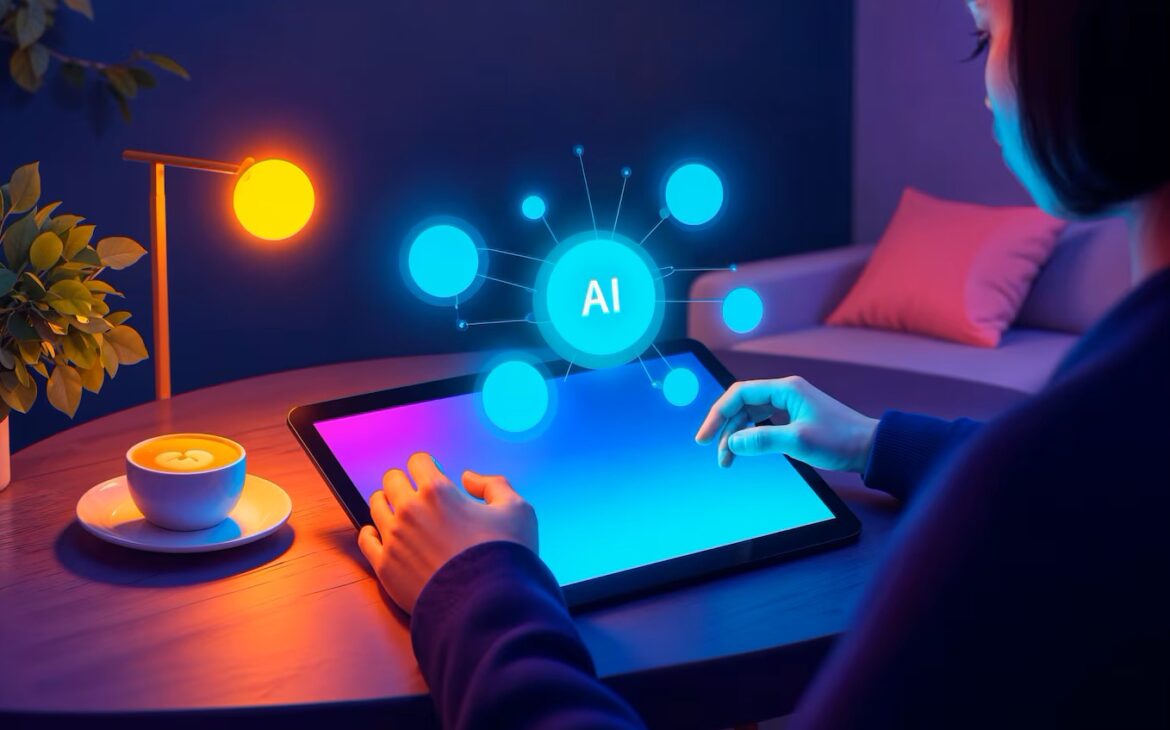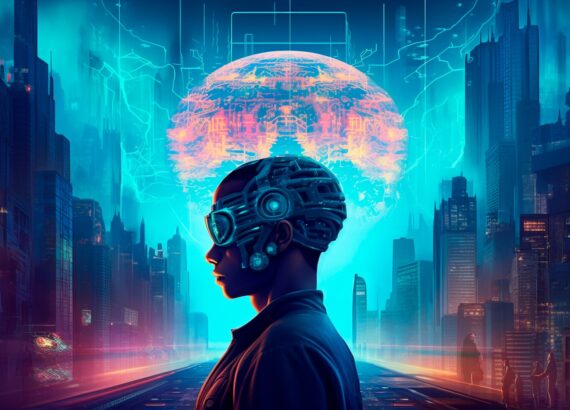There’s something deeply personal, almost sacred, about the way students write. A blank Word document at midnight isn’t just a space to type—it’s a battlefield of self-doubt, emotion, pressure, and raw thought. While tools like ChatGPT can assist in this process—polish a sentence here, offer a synonym there—they can never step into the shoes of a student. Because at the heart of writing lies something AI doesn’t possess: humanity. In reality, ChatGPT can write. It can imitate tones, summarize texts, and even mimic a poet’s cadence. But it doesn’t feel. It doesn’t get nervous about a looming deadline. It doesn’t get excited when an idea finally clicks at 2 a.m. It doesn’t sit in a noisy college library, tuning out chatter with headphones, heart racing with anxiety. These experiences are unique to human students, and they shape every word they write. Let’s explore this further to understand human creativity in relation to AI.
The Craft Lies in Chaos
As you know, when a student begins an essay, it’s not always with a clear plan. It’s often messy—half ideas scribbled on a notebook, caffeine-fueled thoughts bouncing between tabs, memories from a recent class discussion mixing with something a friend casually said. This chaos is what gives student writing its flavour. It’s unpredictable, honest, sometimes contradictory—but always real. AI-generated content, on the other hand, is neat. Too neat. It follows logical flows, connects ideas in textbook-perfect ways, and never drifts off-topic. But that’s exactly why it lacks soul. Real student writing sometimes drifts, sure—but often, in those detours, something beautiful is found. A new angle. A deeper feeling. A moment of personal truth. AI doesn’t make such discoveries because it’s not searching for meaning. It’s just producing words.

Voice and Vulnerability: Where AI Falls Flat
The magic of student writing often lies in its imperfections. The way a sentence trails off is because emotions get too heavy. The unexpected metaphor that accidentally says more than the writer intended. The sudden personal anecdote breaks the rhythm but deepens the meaning. ChatGPT, by design, irons out such “flaws.” It sticks to structure, keeps the tone neutral, and avoids too much subjectivity. But in doing so, it sterilizes what writing is meant to be—a reflection of a real person. Students learn, grow, and unlearn through their essays. That learning curve—the trial and error, the struggle to form arguments, the mixing of references with personal views—is a dance of vulnerability that machines can’t perform. AI can only synthesize what’s already been said. Students, however, say things that have never been said before, often without realizing it. Their writing isn’t just academic—it’s transformative.
Culture, Identity, and the Unspoken Layers
Another thing AI can’t replicate? Cultural intuition. Students carry the weight and wisdom of their backgrounds into every piece they write. A student from a marginalized caste in India writing about inequality isn’t referencing statistics; they’re carrying ancestral pain. A Muslim girl writing about freedom isn’t just exploring a theory; she’s unravelling her own complex relationship with tradition, modernity, and judgment. These undercurrents are subtle. They’re rarely spelt out. But they shape the voice, the tone, and the pauses between sentences. ChatGPT may know facts about religion, caste, migration, or trauma—but it doesn’t live them. It doesn’t sit silently during a family gathering, feeling the tension. It doesn’t feel guilt, rage, or pride. That lived reality that context is the beating heart of student writing.

Growth Isn’t a Shortcut
One of the saddest things about relying too much on AI is that it robs students of their growth. Writing isn’t just about finishing a task—it’s about figuring out how your mind works. What do you think? What do you believe? Where do your ideas come from? What confuses you? What excites you? Every awkward sentence, every rewrite, every confusing feedback comment—those are opportunities to grow. You get better with each struggle. Each “this doesn’t make sense” moment teaches you something new about clarity, about thought, about yourself. If ChatGPT does all the heavy lifting, students might get the grade, but they will lose growth. And that’s a tragedy.

The Inner Dialogue AI Can’t Replicate
Every student knows the war inside their head while writing. The self-doubt (“Is this good enough?”), the hope (“Maybe this sentence finally makes sense”), the motivation from a professor’s past praise, or the fear of failure. All of this happens invisibly—between the keyboard and the brain. And it shapes every word that follows. This inner dialogue is a deeply human phenomenon. It’s layered with emotion, memory, and desire. ChatGPT doesn’t have an ego, fear, or ambition. It doesn’t hope its work gets an A. It doesn’t imagine its parents’ pride or worry about judgment. That emotional undercurrent gives student writing its raw power, and AI will always lack it.
Conclusion
In conclusion, technology can support, inspire, and guide. But it should never replace. Because your words, your messy, glorious, imperfect words, are enough.
Liked the content? Then do explore our content only on Nextr Technology’s website. We are the best Shopify development agency in Delhi.
Thank you for reading
Buy Web Hosting at an affordable price: Buy Now.
If you want to build your website at an affordable price, contact www.nextr.in
Read this: Open AI Academy – An Opportunity to Avail AI Tools and Training


















